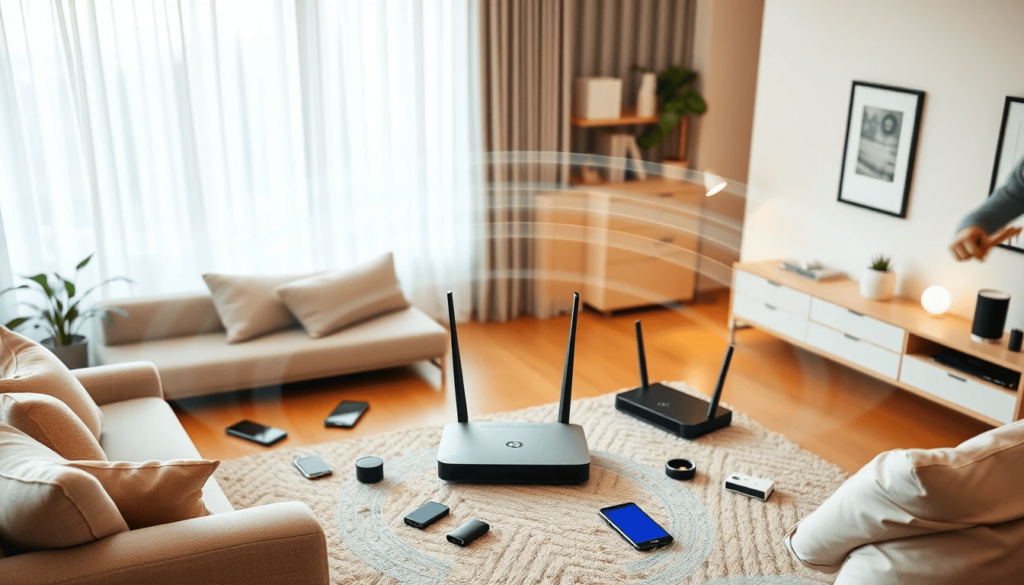Set up mesh network with main router on 192.168.0.1 and 192.168.1.1

- Set up mesh network with main router on 192.168.0.1 and 192.168.1.1
- How do I configure my Nighthawk mesh router?
- What is bridge mode and how do I enable it?
- How to set static IP addresses for my devices?
- What are the benefits of using a wired WiFi mesh network?
- How do I troubleshoot connectivity issues with my mesh router?
- What is the best way to optimize my mesh network performance?
- How to ensure compatibility with Windows 11 and Microsoft Edge?
Set up mesh network with main router on 192.168.0.1 and 192.168.1.1
Setting up a mesh network can significantly enhance your home or office Wi-Fi coverage. This guide will walk you through the process of set up mesh network with main router on 192.168.0.1 and 192.168.1.1, focusing on the essential steps to ensure a smooth installation.
By utilizing devices like the Nighthawk MR60 and Xyxel C3000Z, users can create a reliable network that eliminates dead zones and boosts internet speed across multiple areas. Let's dive into the specific configurations needed for a successful setup.
How do I configure my Nighthawk mesh router?
Configuring the Nighthawk mesh router is straightforward. Begin by connecting it to your modem, ensuring that all cables are secure. This is crucial for uninterrupted connectivity.
Once connected, access the router's settings through the web interface. Here, you can adjust various settings to tailor the network to your needs. Make sure to follow the on-screen instructions for a guided setup experience.
Additionally, you might want to explore advanced settings like QoS (Quality of Service) to prioritize bandwidth for specific devices. This feature is particularly useful in households with multiple users.
What is bridge mode and how do I enable it?
Bridge mode is an important configuration that allows your router to function as an access point, thus preventing IP address conflicts. Enabling bridge mode on your Xyxel C3000Z is essential when setting up a mesh network with the Nighthawk MR60.
To enable bridge mode, log into your modem's settings, typically accessed via 192.168.0.1. Locate the bridge mode option in the settings menu and enable it. This step is critical for seamless communication between your primary and secondary routers.
Once bridge mode is activated, it is advisable to disable DHCP on the secondary router. This ensures that devices connected to your mesh system receive IP addresses without conflict.
How to set static IP addresses for my devices?
Assigning static IP addresses is a recommended practice for devices that require consistent access to the network, such as printers or servers. To set static IPs, navigate to your router's settings and locate the DHCP configuration section.
Create a list of devices that need static IPs and assign them outside the DHCP range to avoid conflicts. For instance, if your DHCP range is from 192.168.0.10 to 192.168.0.100, assign static IPs starting from 192.168.0.200 onward.
- Open your router's settings panel.
- Find the DHCP settings section.
- Manually input the desired static IP addresses for each device.
What are the benefits of using a wired WiFi mesh network?
A wired WiFi mesh network offers several advantages, including improved speed and reliability. Using Ethernet backhaul for your mesh nodes minimizes latency and enhances overall performance.
Additionally, a wired connection reduces interference from other wireless signals, ensuring a more stable connection. This is particularly beneficial in environments with multiple electronic devices.
Another significant benefit is the scalability of your network. As you add more mesh nodes, you can easily expand coverage without compromising on speed.
How do I troubleshoot connectivity issues with my mesh router?
Connectivity issues can be frustrating, but troubleshooting them can be relatively simple. Start by checking the physical connections to your routers; ensure all cables are properly connected and functional.
If problems persist, consider restarting your routers. This can often resolve temporary glitches. Additionally, check for firmware updates that may address connectivity issues.
If you are still experiencing difficulties, switch the secondary router to Access Point mode. This change can often rectify issues related to network communication.
What is the best way to optimize my mesh network performance?
To achieve optimal performance from your mesh network, consider the placement of your nodes. Ensure that they are evenly distributed throughout your space, avoiding barriers like walls and large furniture.
Utilizing Ethernet backhaul can greatly enhance network speed and reliability. This method connects your mesh nodes directly to your primary router, allowing for faster data transmission.
Regularly monitoring your network performance can also help. Use tools available in your router’s settings to evaluate bandwidth usage and identify any devices that may be hogging resources.
How to ensure compatibility with Windows 11 and Microsoft Edge?
Ensuring compatibility with Windows 11 is essential for a seamless network experience. First, ensure that your router firmware is up to date, as this can prevent connectivity issues with newer operating systems.
Also, check that any network settings on your devices are configured correctly to match your router specifications. This includes ensuring that your DHCP settings are appropriately set up.
If you encounter issues using Microsoft Edge, consider clearing your browser cache and resetting network settings. This can help resolve potential conflicts that may arise due to outdated information.

Deja una respuesta